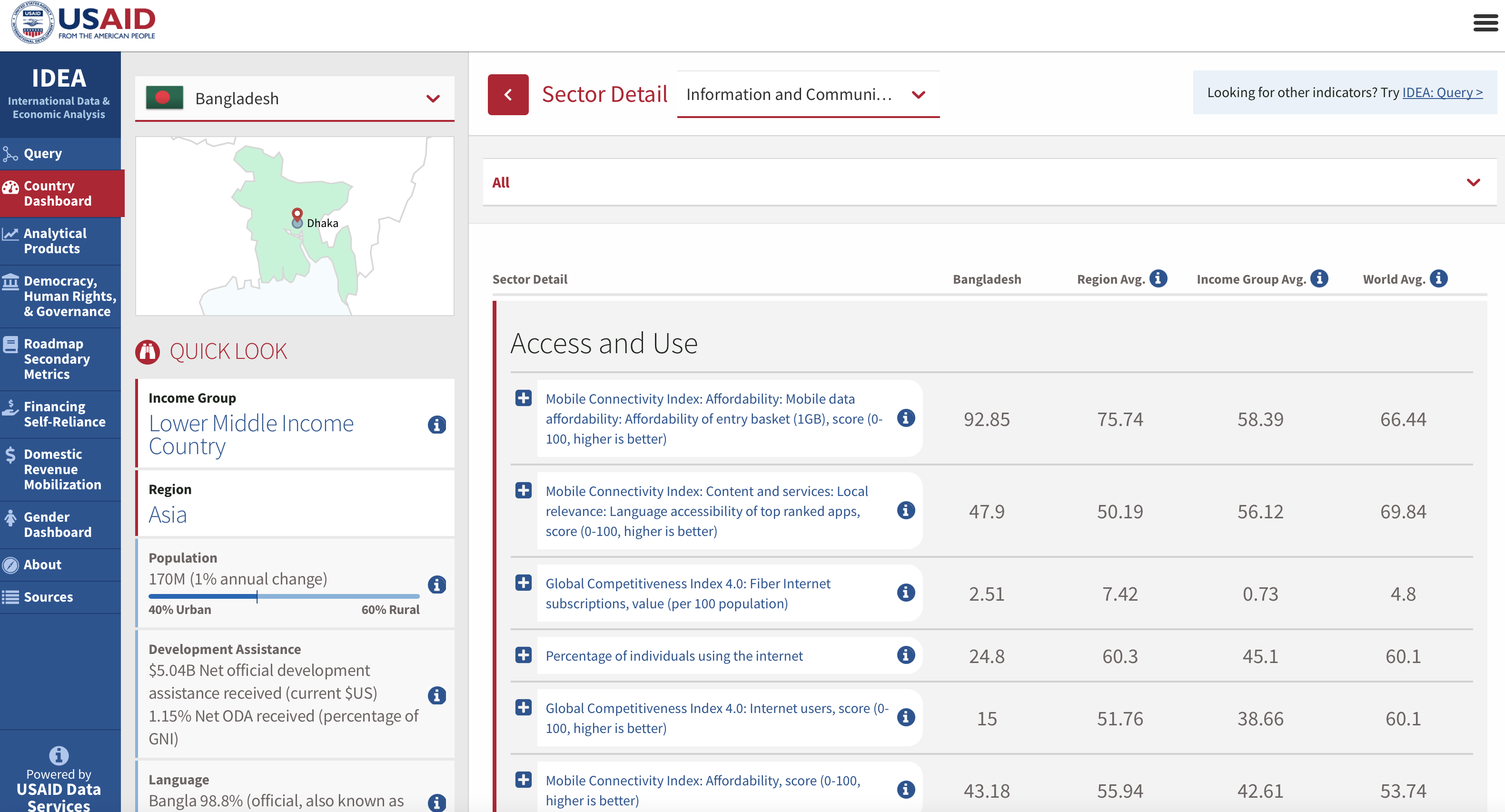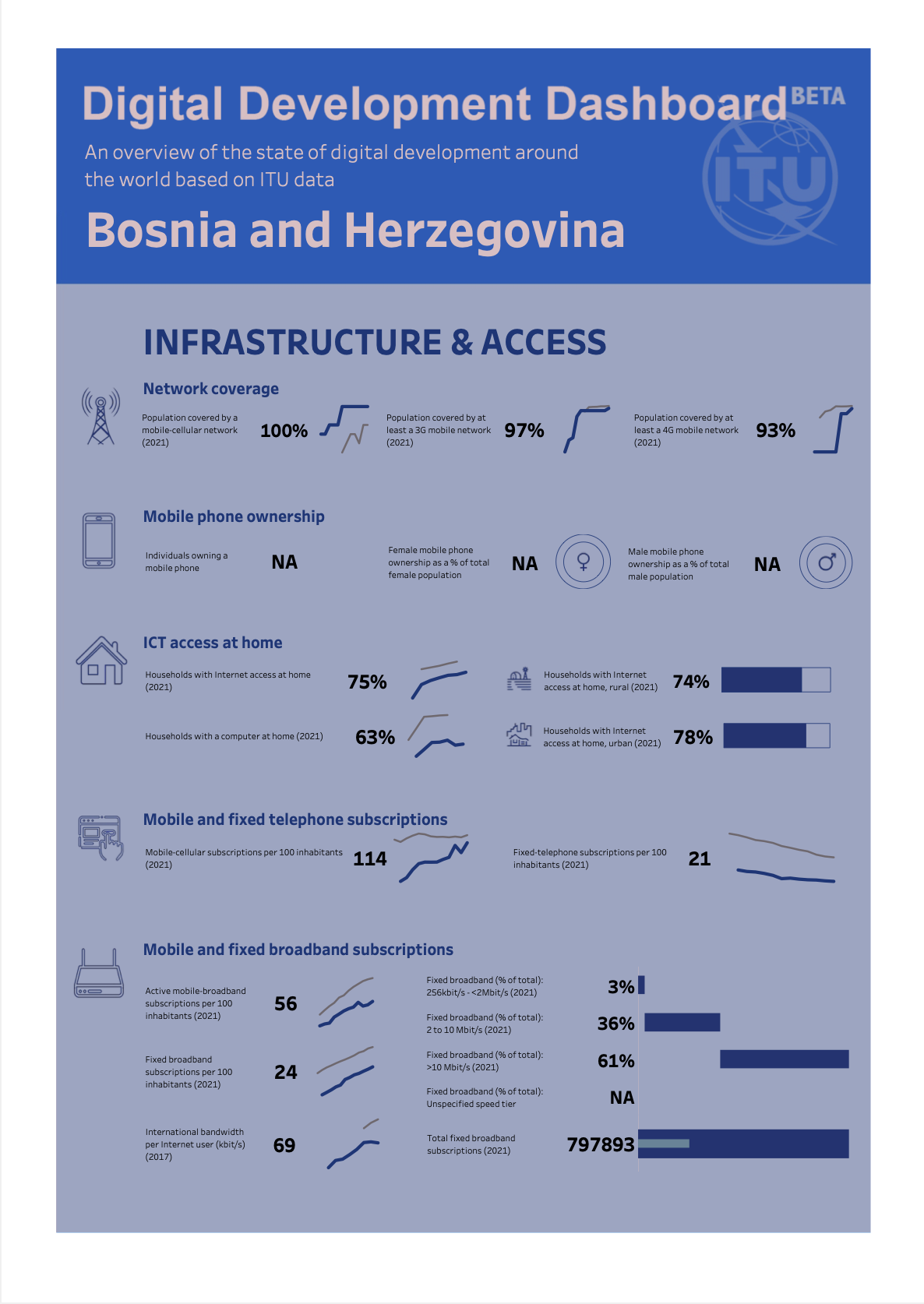Digital infrastructure refers to the foundational components that enable the use of data, devices (e.g., mobile phones), and other internet services and systems. Examples include fiber-optic cables, cell towers, satellites, data centers, and fixed and mobile broadband. Digital infrastructure can also include innovative technologies and deployment models such as open radio access networks (open RAN), TV White Space (TVWS), relay stations, wireless mesh networks, and community networks that can help extend access to remote or underserved areas.
Government and private sector choices about infrastructure directly affect who can provide digital services and where, how the internet is used, and who does and does not have access to digital tools and services. Moreover, investments in digital infrastructure, and partnerships with foreign telecommunications companies and equipment manufacturers may have serious implications for security, interoperability, and financial sustainability.




